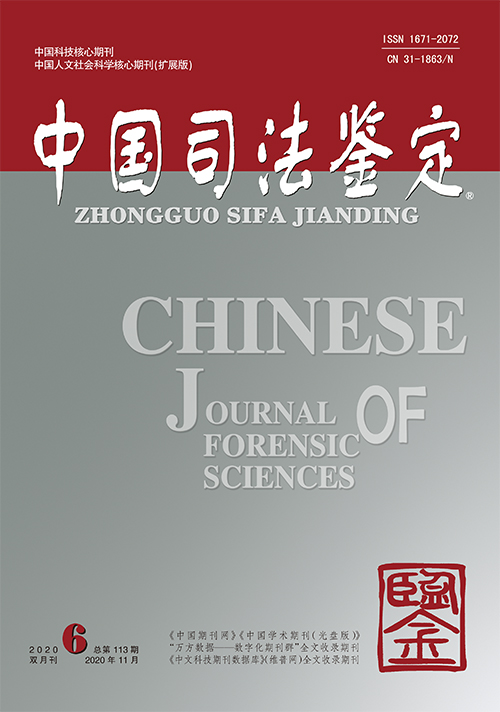Proficiency testing is an important method used by countries in the world to evaluate and preserve the capacity of laboratories and inspection bodies, by making use of inter-laboratory comparisons to evaluate the ability of the participants according to pre-established criteria. Proficiency testing has also gradually become an important method of practice and supervision management in the field of forensic appraisal in China. According to the requirement from the administrative department, forensic agencies should participate in proficiency testing activities in order to demonstrate that they have the corresponding technical capacity; meanwhile the agencies should also make proficiency testing as an important method of internal quality control, identifying problems and continuous improvement. The forensic profession has been regarded as subjective and with higher risk. It is necessary and urgent in the field of forensic psychiatry to carry out proficiency testing activities. The operation results in recent years show that it is feasible to launch the proficiency testing activities in forensic psychiatry, and the evaluation result is also a true reflection of the profession’s technical level. But there are rooms for improving on project design and operation, for instance, more realistic and comprehensive preparation of samples and materials, greater effect of technical guidance and demonstration guidance, more reasonable control of the assessment difficulty, enhancing the reliability and acceptability of the result of experts’ opinions, and more flexible and diverse operation modes. There are three aspects that participating agencies should pay attention to. Firstly, the agencies should enhance their understanding about proficiency testing, strengthen the operational capacity, and treat it scientifically. Secondly, the agencies should comply with the operational guides strictly during operation, understand all the materials, grasp the key points, and pay more attention to the key points and logic of the feedback. Lastly, the explicit and exclusive conclusions should be submitted in order to strive for a satisfactory evaluation result.


